The Canon Dial 35-2 is a singular-looking camera, an automatic half-frame that, despite the years, still gives high satisfaction.
It’s impossible that this item will go unnoticed. Just figure out how to keep in hand is not immediate. Often when I loaned it to someone asking to take a picture, at first he didn’t understand how to hold it, then he didn’t understand where to press to shoot. That’s because if normally the shutter button is located on the upper side, in the Dial is in the front, beside the lens.
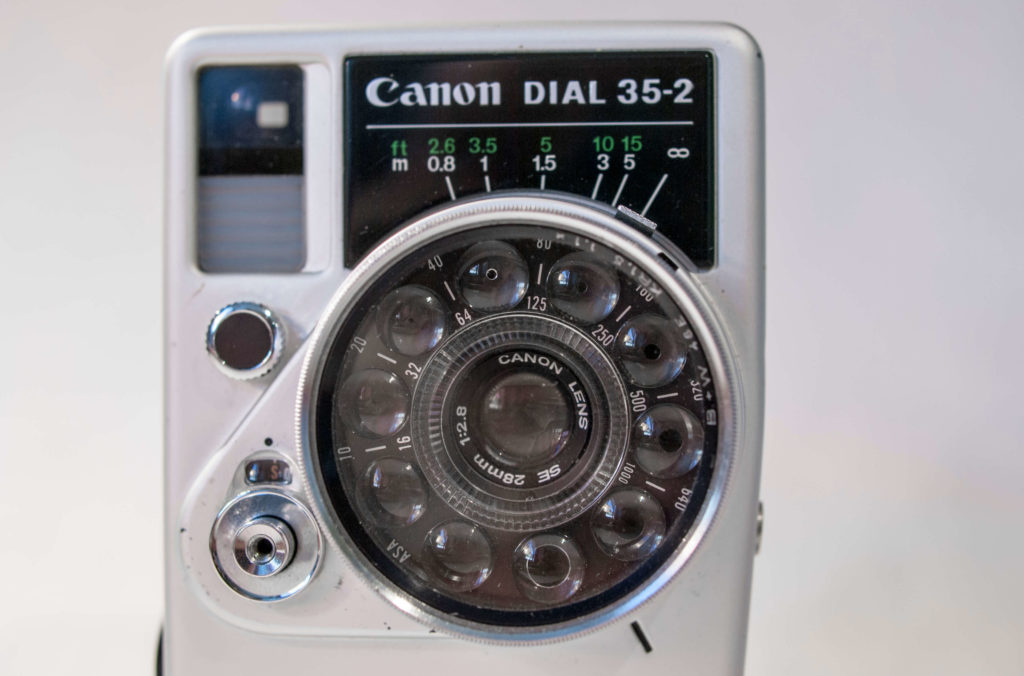
TECHNICAL FEATURES
Name: Canon Dial 35-2
Manufacturing place and year: Japan, 1968-1971
Focusing: manual, 0,8m-∞ with indications in the viewfinder
Viewfinder: galilean with focus and exposure zones and parallax compensation
Lens: Canon Lens 28mm f2.8, 5 glass elements in 3 groups
Light meter: yes
Exposure: automatic
Sensitivity: 10-1000 ASA
Shutter: lamellar
Times: 1/30, 1/60, 1/125, 1/250
Flash: synchronized at all times with hot shoe
Films: 35mm, half-frame format 24x18mm
Power supply: 1 3V mercury battery
Dimensions (LxWxH): 9,9×7,5×4,3 cm
Weight: 410g
Other features: metal body, automatic film advance upon loading spring, tripod 1/4′ screw.
IN GENERAL
The Canon Dial 35-2, produced from 1969 to 1971, is the evolution of Canon Dial 35, that had been produced few years earlier, from 1963 to 1969. Changes are few: minor design improvements, added a black background to the name, the ASA extension, a different power supply and the hot-shoe flash mount.
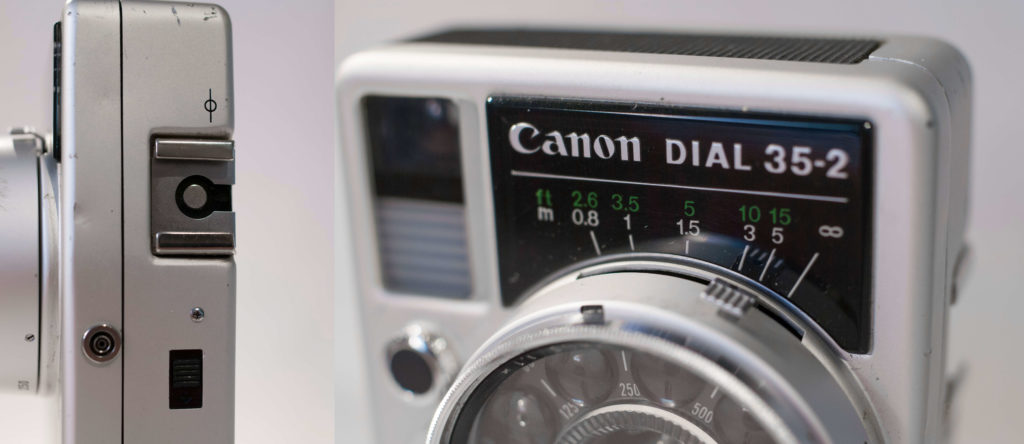
The first use could be substantially traumatic because “everything is like it shouldn’t be and everything is not like it should be.” The shutter button is not at the top, but frontally; there isn’t the shutter cocking lever, you load a spring and for 20 shots it moves forward alone; at the end of the roller you don’t turn any rewinding knob but you push a rewind button.
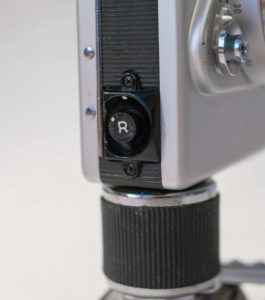
That is to say that once you understand Canon Dial 35-2’s settings, taking pictures becomes an immediate action and much faster than its peers.
To increase the ease of use is the comfortable viewfinder, which shows the scale of exposure in low and the focus distance on the left.
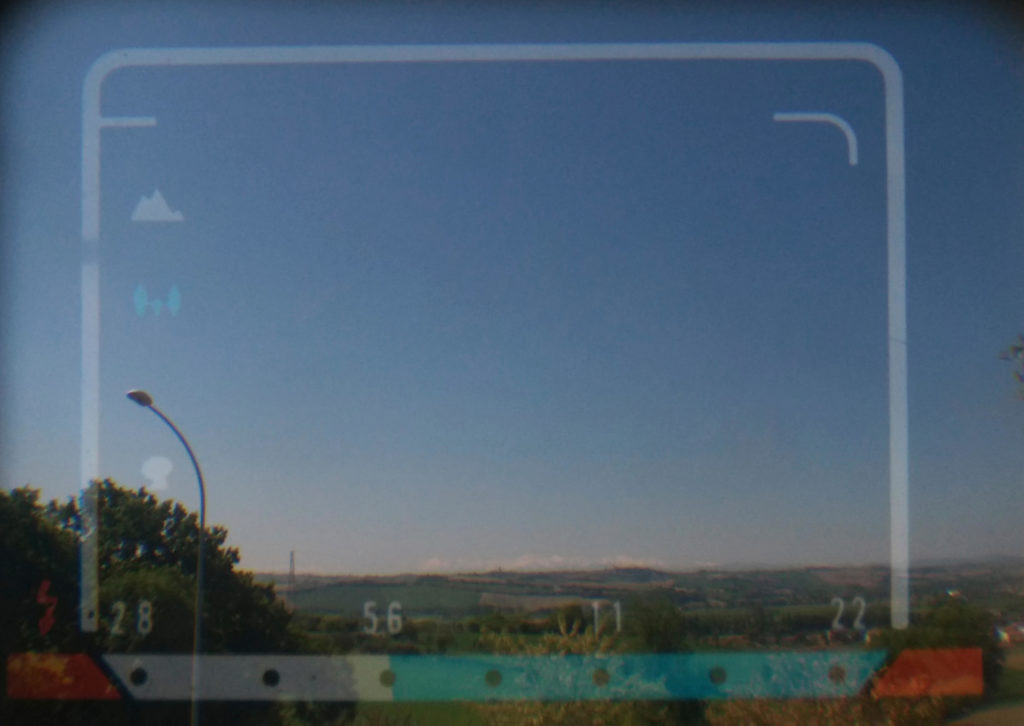
The front ring that looks like a rotary dial telephone (from which derives the name DIAL) is the dial selection of the ASA (they each have a different sized hole that cover the inside sensor).
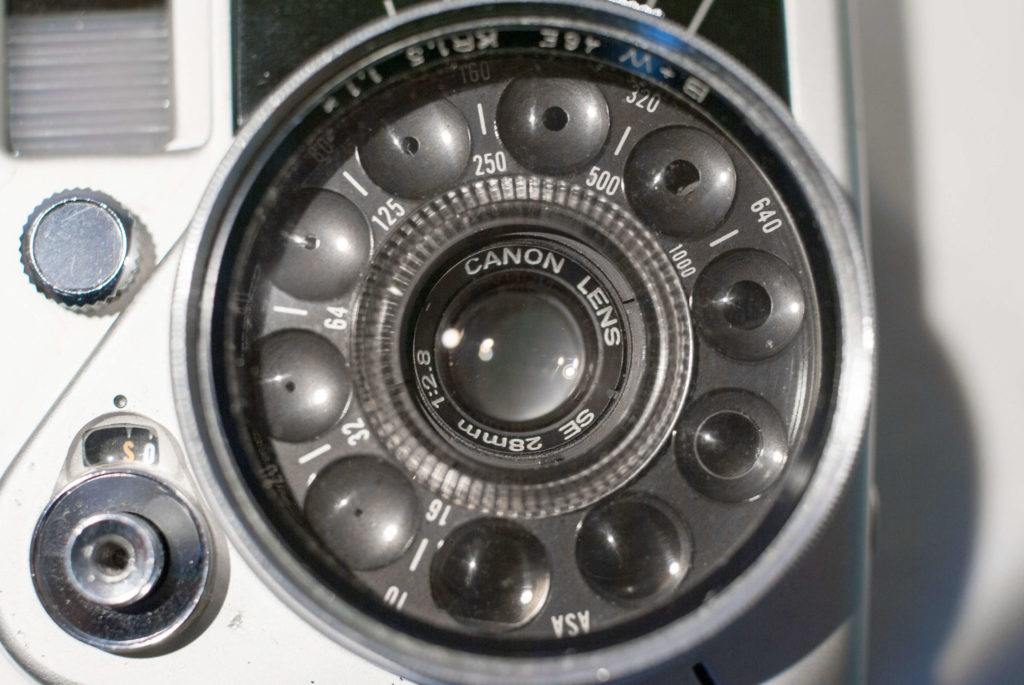
HOW I GOT IT
I was lucky to have this small and odd little gem thanks to a dear friend who, not knowing what to do with that, he gave it to me, knowing how much respect I put on these old relics.
Just took it, brushed aside the emotion, I studied with care every aspect and I noticed that the viewfinder focus needle was broken, or rather, it was blocked. So, with a screwdriver and patience, I opened it and found a simple yet ingenious mechanics. Fortunately the problem was very simple to repair and after more than 1 year of use it still works fine.
Never the less value is the leather case in which it was inserted, a little worn but well made and well padded.
PROS
The lens is precise and very clear in the shots. There are no vignettes or distortion. Although the half-frame format, the quality is excellent.
It’s small and the weight is relatively low, taking pictures it’s a pleasure for the fast use.
You shouldn’t underestimated the half-frame aspect: you’ll have 72 shots on a 36 poses roll, of excellent quality also. In addition, it’s also very easy to use.
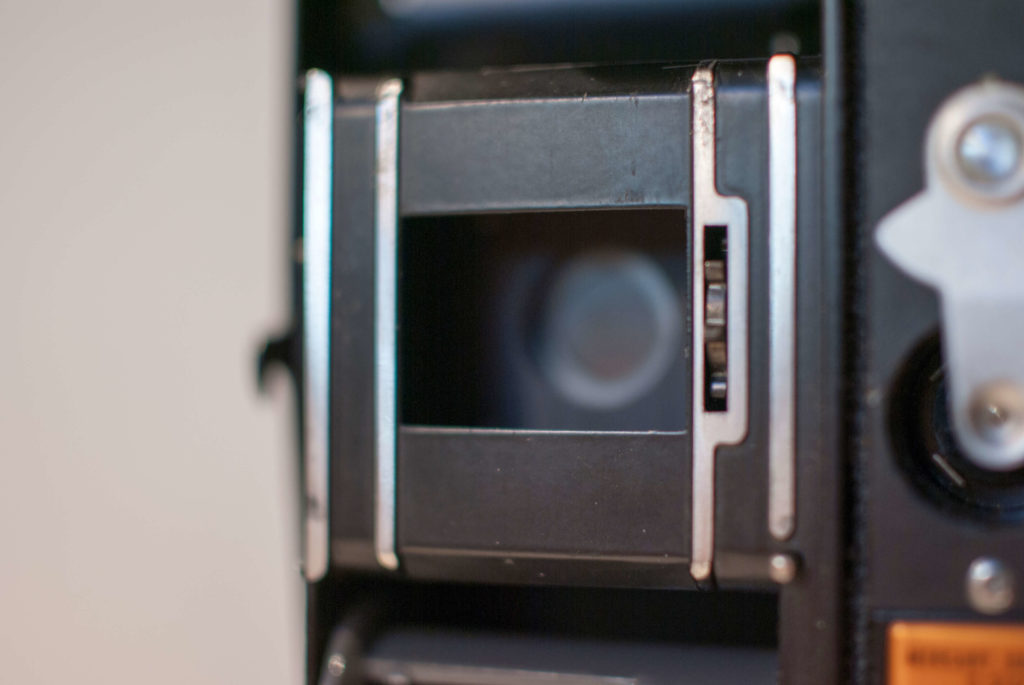
The shots obtained are appreciable as resolution and definition. They quality obtained is quite high, despite the fact that the half format reduces the film dimension area.
CONS
The original battery is no longer manufactured, but having the same voltage of an ordinary LR44 it can be easily replaced, provided you insert a “rise” as the original battery was thicker than the modern one and there isn’t a spring that goes to solve the problem.
The Bulb mode is missing and when it gets dark you can’t drop below the 1/30th of a second; so forget to use the Canon Dial 35-2 at night or for long exposures.
Although I’ve been very lucky to have had it as a gift, prices are variable widely depending on the condition and accessories. A quick look at the most famous online markets, suggest prices from 50 to 200 €.
CONCLUSIONS
The Canon Dial 35-2 is a camera characterized by a unique design and for an easy use. You have to get used to the unique setting of use but then it becomes very easy.
So far I found it exceptionally well to use, as long as you shoot when there is enough light.
SUMMARY
PROS
- Cheap use
- Automatisms
- Lens quality
CONS
- Missing B mode
- No long exposures
- Design initially uncomfortable

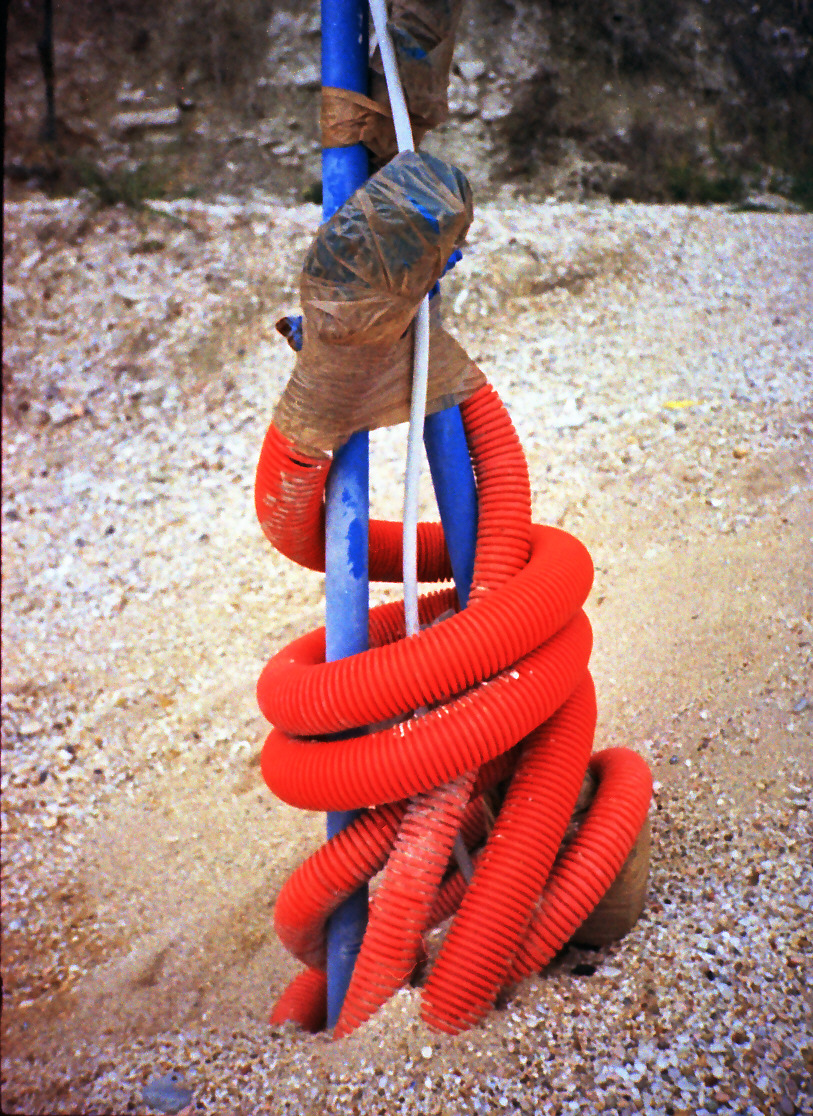


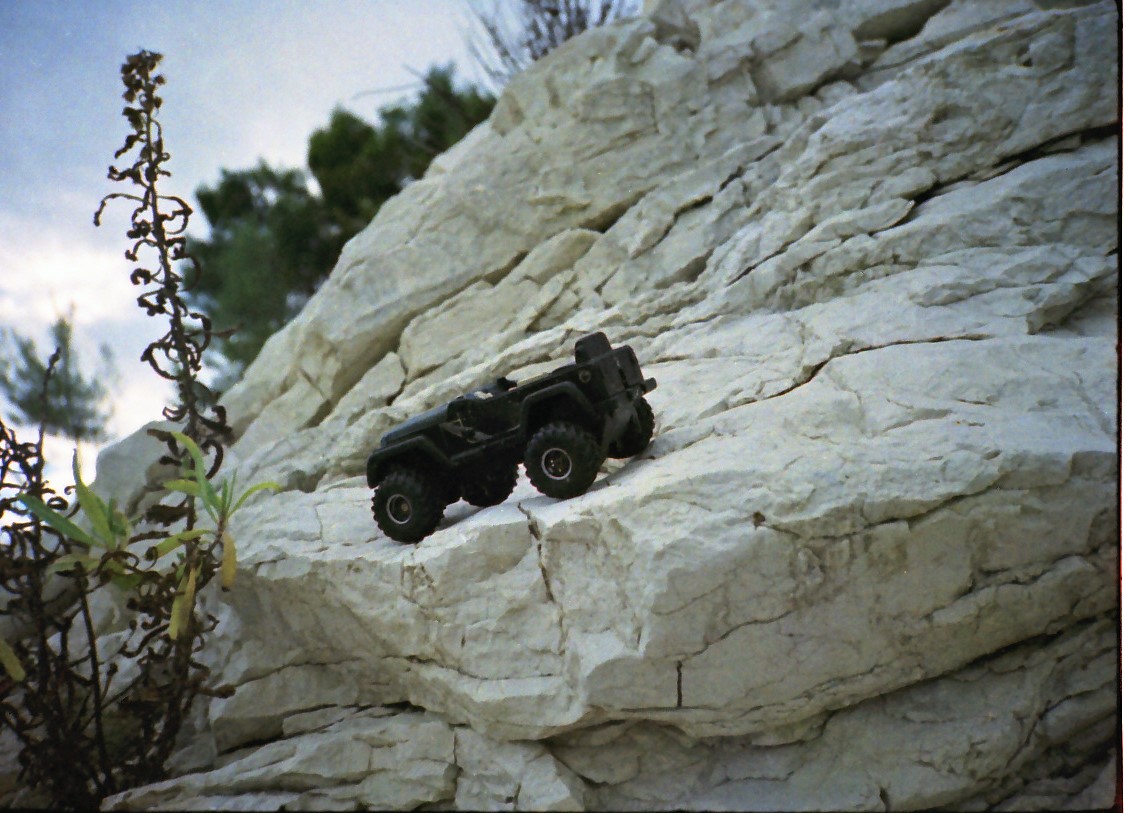
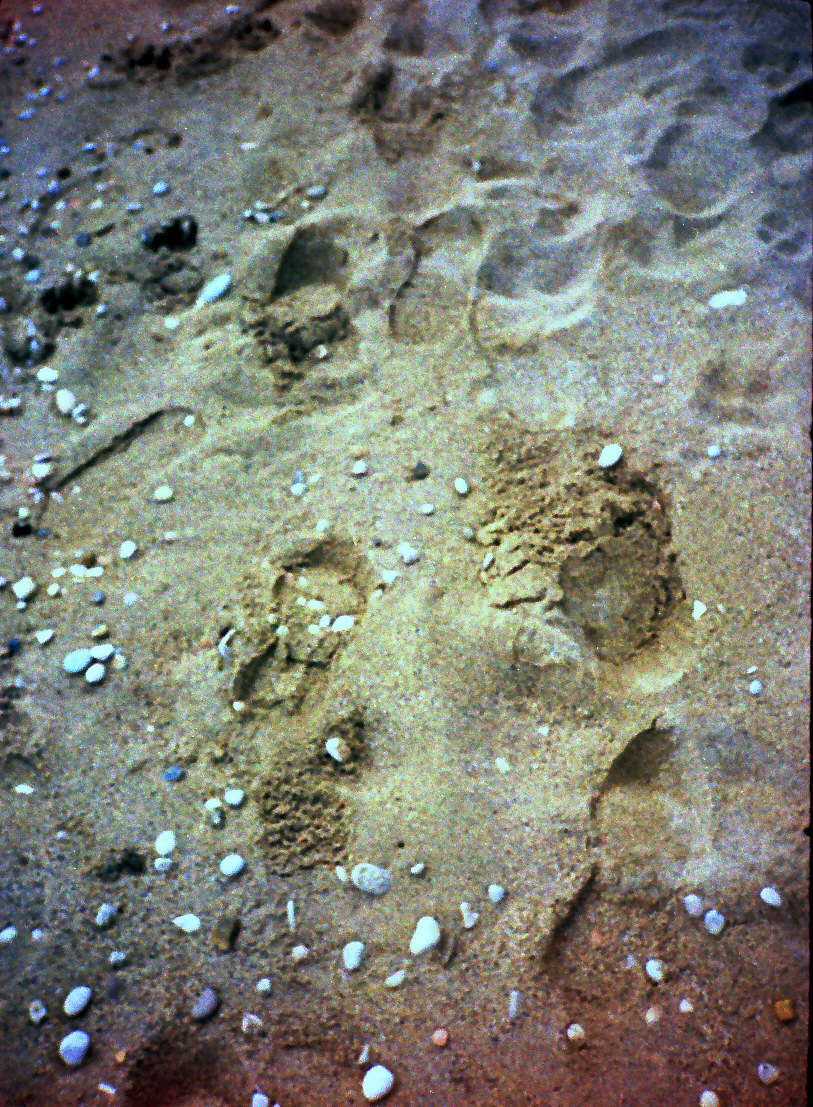
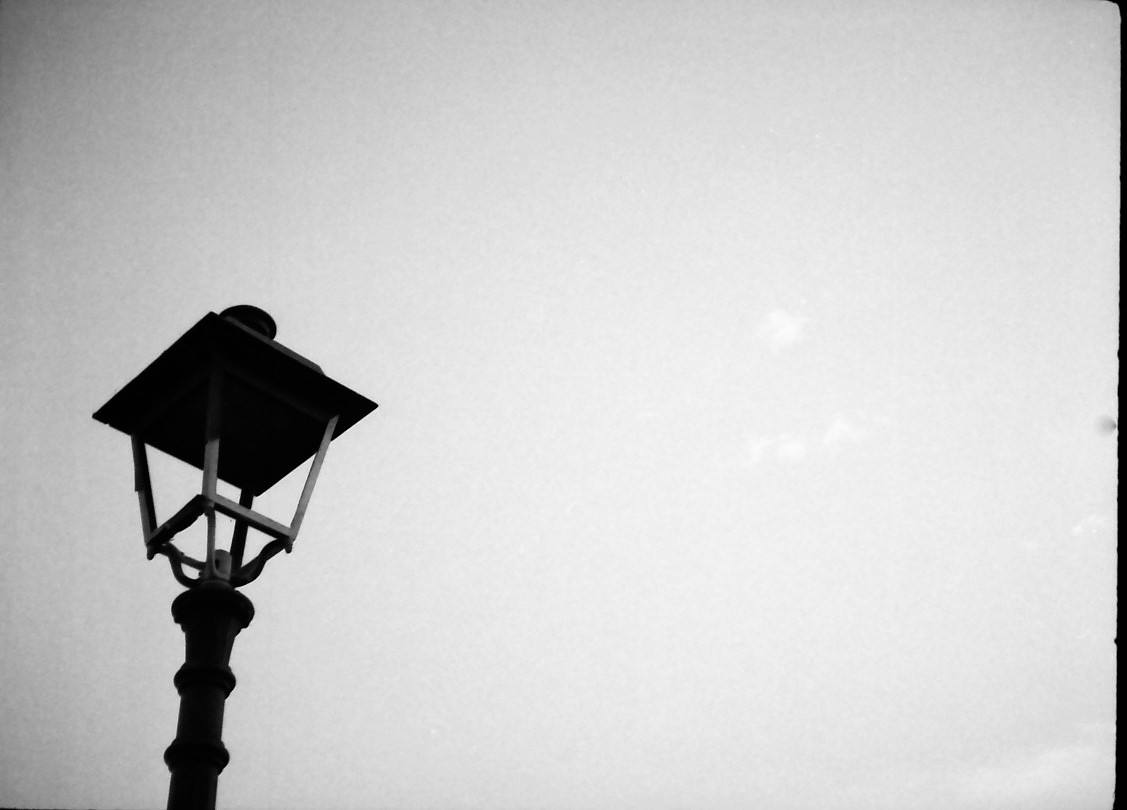
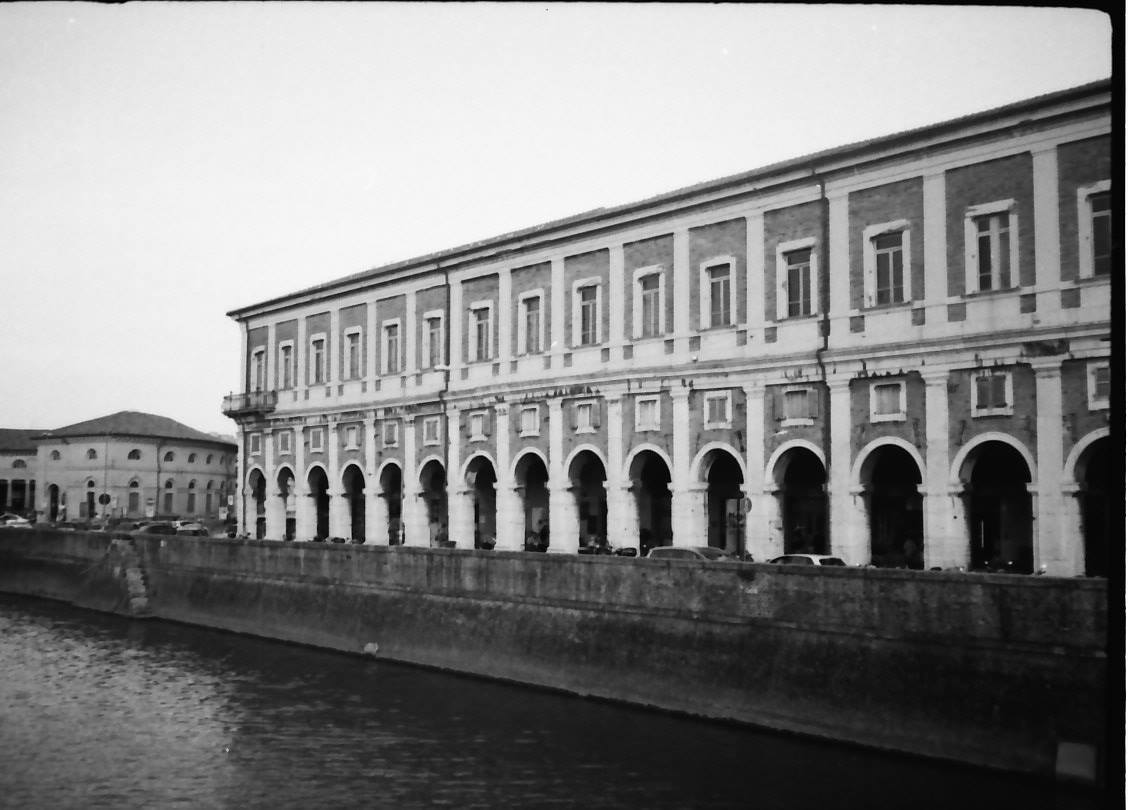
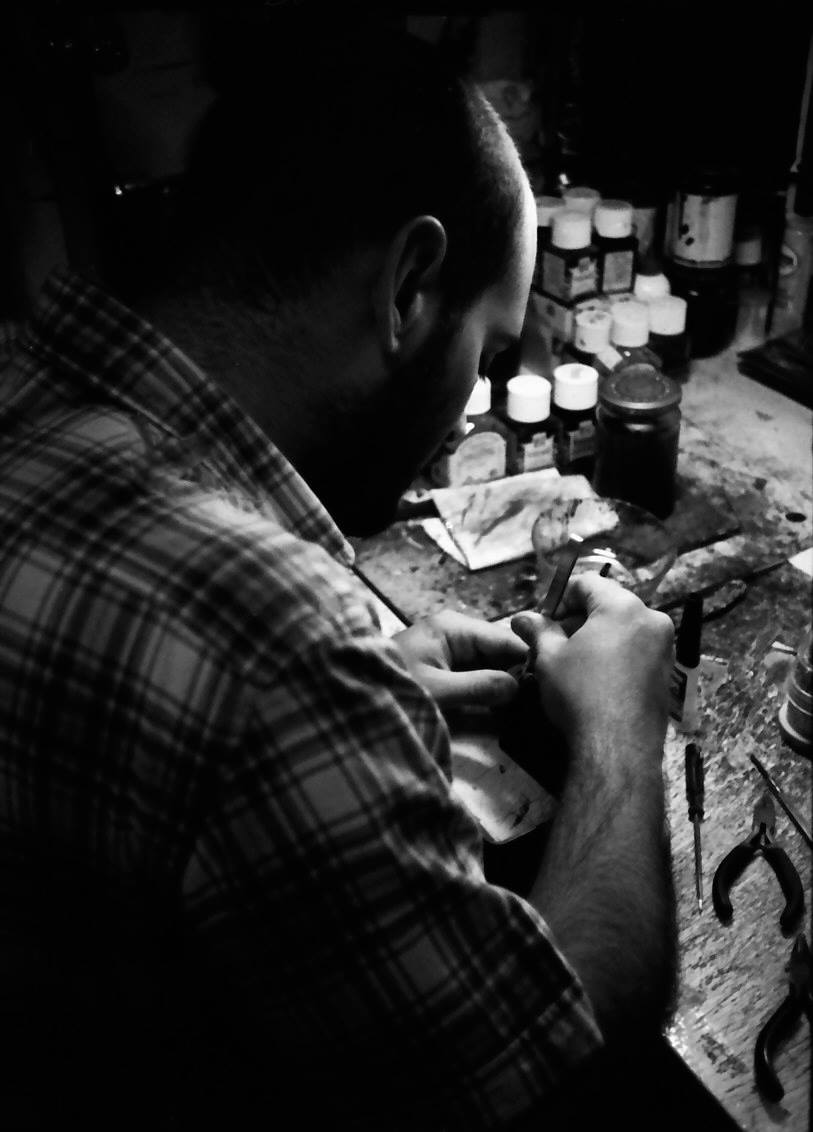
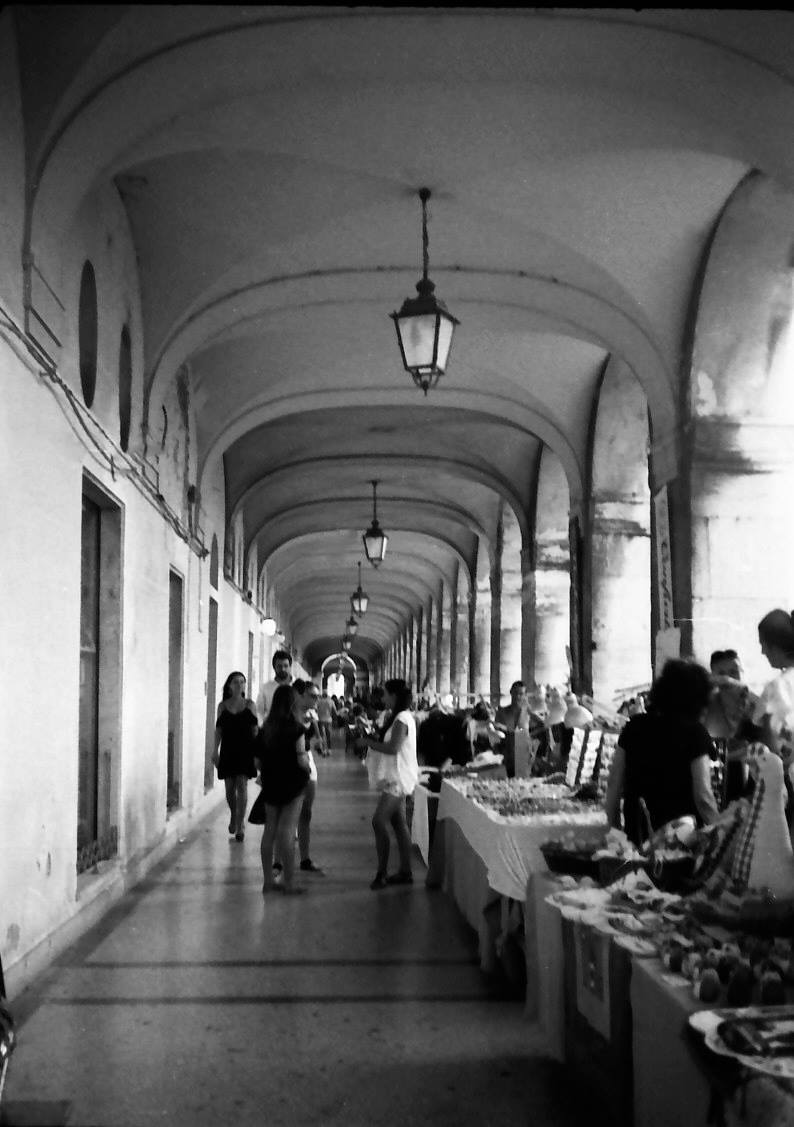
Thanks for the great review I appreciate your hard work and attention to detail
You’re welcome! Thank you for reading!
Thanks for the detailed review,… I appreciate it
I saw this camera on market place and think about having it.
I hope that you took it! It’s a really amazing camera to me
La quiero vender.En cuanto se puede valorar??????
Hola, voy a utilizar el traductor de Google.
El valor de la cámara depende mucho del estado.
En este sitio http://collectiblend.com/Cameras/Canon/Dial-35-II.html puede tener una idea del valor en $ según la condición.
A menudo confío en este sitio para vender o comprar cámaras y siempre ha demostrado ser un sitio confiable.
Como prueba, también puede tomar un paseo en eBay u otros sitios de comercio usados y ver los precios.
Espero haber sido de ayuda.
Gracias!
Do you know who repairs the Canon Dial?
Hi,
I’ve never repair mine, so I don’t know how to repair it.
What’s broken in yours?
You could try yourself, use this guide I’ve found online.
It would be better to bring it to a repair center if you know any.
Thank you!
How did you fix the stuck focus needle?
Hi,
it’s all a matter of the levers that fit together. Their operation is intuitive, I suggest you to open it carefully and study the mechanism.
In my case, the needle, which is connected to a small lever, had simply slipped out of reach of the gear that moves it. I just put it back in the right position and it was fine. Take a look HERE at page 29.
Thank you!